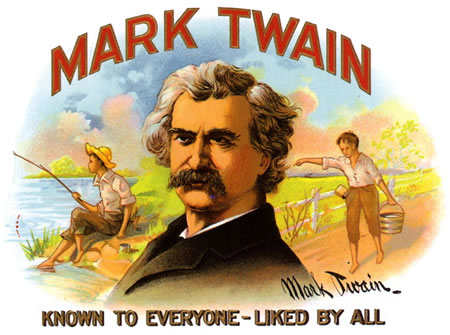
Brands with soul, brands that tell stories, brands that people care about. Are they built, made, restored, or managed?
All of these, and more.
LEGEND BRANDING: What is the heart of legend, most? Legend is derived from reading – the heart of the word is about transmission. In anything, legend-building brand strategy would start with approach — how to read the telling?
Authenticity bears (and bares) scrutiny; there are two sides to the story — first off, is it true? And in the bearing of the story — and the baring of the truth — the real power will be in the sustaining legacy — what, to legend, what, to truth, what to connectivity?
Quick, the definitional hit:
- a nonhistorical or unverifiable story handed down by tradition from earlier times and popularly accepted ashistorical.
- the body of stories of this kind, especially as they relate to aparticular people, group, or clan: the winning of the West in American legend.
- an inscription, especially on a coat of arms, on amonument, under a picture, or the like.
- a table on a map, chart, or the like, listing and explainingthe symbols used. Compare key1 ( def. 8 ).
- Numismatics . inscription ( def. 8 ).
- a collection of stories about an admirable person.
- a person who is the center of such stories: She became alegend in her own lifetime.
- Archaic . a story of the life of a saint, especially onestressing the miraculous or unrecorded deeds of the saint.
- Obsolete . a collection of such stories or stories like them.
Really, if there’s a proposition — the proposing of a relationship — for a brand, the point might be: “who cares, who will tell the story, and finally what’s the point of the telling?” To the connective nature of brand spread, the viral infectious enthusiasm of shared brand happiness, the concepts of legacy — real stories, real people, real history; these have power to sustain. And, indeed, that idea of brands with heritage is something that suggests a link to the past. What’s gone to the past — the present, and the tellings which might be now.
There are enterprises that offer minimal connections to community building; the stories are flat, the brands are soulless — or there are robust stories, that keep creating more stories, on stories, on stories. Like the rippling of a sonic wave, or the fluency of facebook rhythm — what’s good, intriguing, compelling (or enchanting) gets out there. These senses of enchanted engagement, they could be brand new; or they can be brand old. But legend is rarely new. I might offer this momentary gesture (presuming an insight).
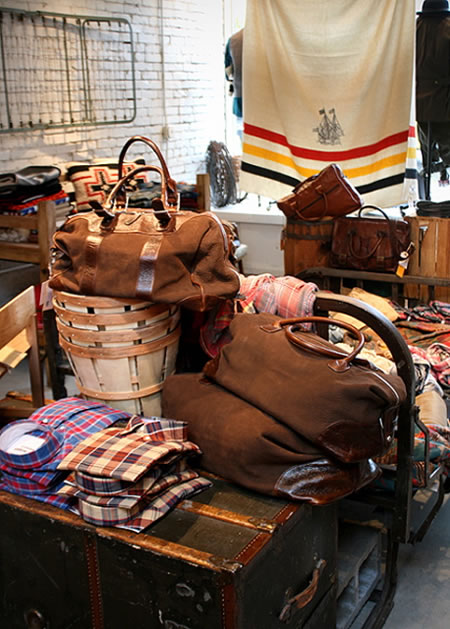
Blackbird, Ballard — legend brands, merchandised.
To a median and spread demographic, the question might be popped — old, referential, reverential? Why would Blackbird (Ballard) the hip brand place, sales, merchandising environment run by Nicole Miller be offering brands that are in fact: old? Why would she be creating brands that are founded on old concepts — rethought, reborn?
Like, vintage. [They just got in a shipment of beautiful plaid cotton vintage Gitman ties the other day, and they’re the perfect thing]
Like, rebooting old brands. [“Nicole Miller knows how to mind her elders. She opened up a second location, The Field House, back in November, as a tribute to her hardscrabble, ass-kicking grandparents. Her latest shout-out to her forebears is one we’re also digging: a new boot made in collaboration with Alden, who’ve been cobbling in Middleborough, Massachussetts since gramps’ own day. (And before: The company was founded in 1884.)]
Or the roots of childhood. [“Someone asked me, where’d you get this idea?” says Miller. “It’s not much of an idea, it’s just how I grew up.” That was in rural Washington State, about an hour outside of Seattle, where Miller spent a lot of time with her grandmother Mable (a woman who often flew with her Marine-pilot husband to Alaska), worked in canneries, and raised her own sheep. Blackbird’s Field House is modeled on the field house of Mable’s youth.]
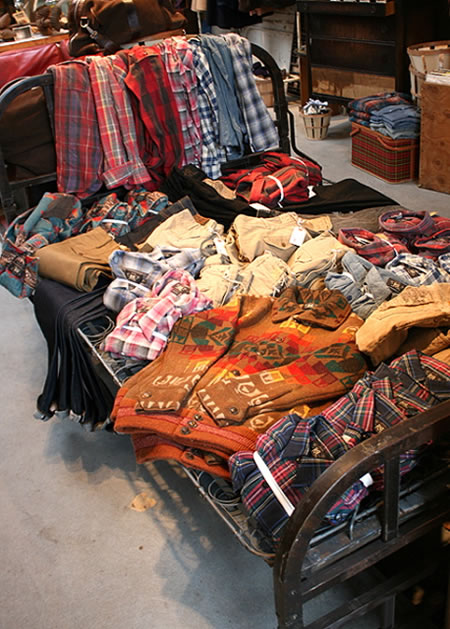
Blackbird, Ballard — legend brands, merchandised.
As Nicole references, GQ — “A lot of people are doing this ‘American heritage’ thing. But this is really personal for me. When I look at the pictures around, it’s like, there’s Grandpa. Growing up, I had a buckskin dress. I was really good at throwing tomahawks.”
What I’m curious about is the alignment between the concept of the legendary culture, and the implications of brand (which is, “heritage,” one imbued with a historical string). The point is surely about the nature of authentic, the authentes of the truth, of what lies there.
We dig in — to find just that; the story. The truth of that story might be legendary, or it might not. Good stories have roots. We look for, and recommend, finding the roots. Looking around, there are brand legacies that are in play, just to that — “find our roots!” In our own history, the idea of root finding, digging into the roots of the brand, these are stable foundations — it’s where the seeding has sprung from.
And of course, the seed is where the start is, the heart is. And the soul lies there — it’s that passion that founds that presence. The presentation is the presence. That is, the concept of the presentation of the brand, the enterprise, might be the concept of presence; it’s the moment of attention and concentration. The rings of the center radiate — and the centerpoint, this is where audiences will look; if they’re not looking, they’ll be there in eventuality.
Whether the brand is old (like 400 years, in some of our work) or relatively new — there are heritage brands in development. Is the client, the leader of the brand foundational attributes — the inspirationist — is looking at something that is going to find the enchanted in the course of days, or weeks, or months turning to years. Or is this something to thrive and evolve for decades. Intrigue lies there?
Who goes, the roots?
Starbucks Goes Back to Its Roots With Cafe Concept
‘Inspired by Starbucks’ Coffeehouses to Serve Alcohol, New Food Choices and Live Entertainment
By Emily Bryson York
CHICAGO (AdAge.com) — Starbucks is going back to its premium-coffeehouse roots — by building premium coffeehouses. The chain, in the latest attempt to negotiate its turnaround, is focusing on stores with smaller-batch coffee, community involvement and entertainment.
Go back, Howard, we’ve said.
SPECIAL REPORT: MEN’S WEAR
Going Back to Their Roots
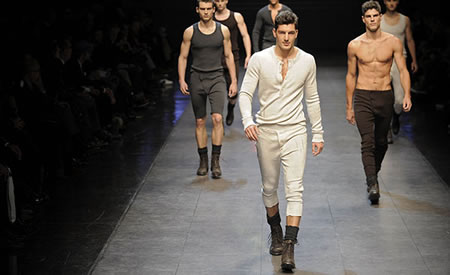
Chris Moore/Karl Prouse
In Milan, the Dolce & Gabbana menswear collection for autumn/winter 2010.
By SUZY MENKES
Published: January 17, 2010
MILAN — The opening day of the Milan menswear shows underscored an overall message: Love that heritage!
Designers went back to their roots for the autumn/winter 2010 season — and instead of seeming like they were churning out old ideas, there was an authenticity to the clothes that created slivers of emotion.
Luxury brand stays true to its roots
Cartier takes advantage of huge growth in Asia, targeting China, CEO says
Posted: July 14, 2010
By Claire Compton – Staff Writer
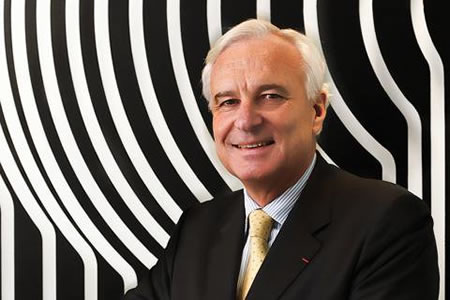
Courtesy Photo
Fornas says of marketing: “It’s not Mr. or Mrs. X selling Cartier in an advertisement. … Mr. and Mrs. X will die. … Our product is forever.”
Established in Paris in 1847, Cartier is one of the world’s oldest luxury jewelers and watchmakers. Appreciation for the brand and its designs crosses over from the commercial market to the art world, as exemplified by the new exhibit at Prague Castle, “Cartier at Prague Castle: The Power of Style.” Some notes from the CEO — B
Bernard Fornas: “The maison, the brand, has had very good resilience. We have strong authenticity and strong values. There are not so many on the market, but those brands that have these qualities have done much better on the market. We’ve done much better than the overall luxury market and 10 times better than the other markets. We have been very fortunate. We were really very careful not to dilute the image of the company. That means other companies, for example, went into hotels. I was approached by companies that said, “We have hotels for you in the Middle East. They will have the Cartier sign and be a Cartier brand hotel, and you will get the royalties.” But at the end of the day, you are the king of jewelers, not the king of hotels.”
Hold to where the heart is, we told ’em.
“The thing is to make a better future with an enlarged element of the past.”
Goethe
––––––––––––––––––––––––––
SUNDAY FEBRUARY 27TH 2011
Luxury Fashion Turns to its Roots as it Plans a Future in China
Last week the fashion world’s power players descended on London to attend the International Herald Tribune’s 10th Annual Luxury Conference, hosted by the newspaper’s Fashion Editor Suzy Menkes. This year’s theme was Heritage Luxury and an impressive roster of keynote speakers were invited, including Alber Elbaz, Tommy Hilfiger, Paul Smith and Christopher Bailey to share their ideas on the importance of a luxury brand’s heritage and what it really means to today’s market.
Alber Elbaz, creative director at Lanvin (which remains the oldest design house still open for business in the world), was the first to tell Ms. Menkes that he finds stories for his collections in the archives of Lanvin and that there is much to be inspired by in the old drawings and sketches. ‘Once I have that (story) I go down to the archive.. every season I go down.. and every season I find different things. Every time I find the archive telling me different things.’
He went on to say, ‘We designers, when we take houses like Lanvin, houses that already have been there and done that, we can do two things: we can start a revolution and destroy everything that was done before us, or we can continue an evolution and keep asking what is it that made this house exist for a hundred years and to start to take it from there.’
In a later conversation with Menkes, Karl Lagerfeld (‘a man who needs no introduction’) talked about the two mistakes Chanel made at the end of her career, namely proclaiming that mini skirts and jeans were ugly. ‘That was the fashion of the world, of that moment.. the result was, she lost her power and in the end no-one cared about her.. I think the best idea they had was to ask me because they told me “Make something out of it or we’ll sell it.” I tried to make something out of it and it worked beyond any expectation.”
To the context of aggregation and the return to heritage — it’s less about recovery and more about memory (as Nicole Miller notes, above) and what that might mean for the future. We’ve talked about the truthful alignment of other brands, being rebuilt, recalled, rethought or newly booted, there are stories that we’ve studied and offered.
But, to the nature of the legend — could this too be a psychical conditioning. Not only is there a heritage of returning to some other, simpler (and perhaps craftier, more hand-made or roughly constructed time, American — a different sense of maleness. Or femaleness. Other sites simply live in that space.
Like ACL.

What we might be thinking about — to the trad, the continuous lean to a return to the heritage of the well-made. That might be luxury, that might be the line of the simply honest. The bridge between the psychic state of the experiencer, and the builder of the brand, its story and the legacy of the foundation. WSJ offers,
Steve Garbarino notes, the heritage brand man – that persona would be “dressed for the elements, looking as rugged as a lumberjack—and also a tad pleased with himself. He can hunt, chop trees, mine gold and pull lobsters from frigid waters. But his oil-waxed knapsack of tricks has just grown: He’s today’s fashion icon. His fisherman sweater is coming down the runways of Gucci and Jil Sander; his flannel shirts and Navy-style pea coats are for sale at Barneys (add a zero or two to the price).
Gabarino continues, “After years where a sexual ambiguity ruled, today’s menswear designers are taking cues from yellow-paged copies of Field & Stream and L.L. Bean catalogs. Pioneering names like Barbour, Filson and Stetson are catchwords of the moment, while Gucci, Prada and Helmut Lang are sounding almost…passé. So-called “new heritage” brands, created by youthful designers and inspired by iconic outdoor apparel companies, are opening their doors with Gold Rush speed.” That, to the idea of brands that hold the legendary spirit — a kind of opening cartography has emerged. From the self same article, the Wall Street Journal, there’s this infographic:
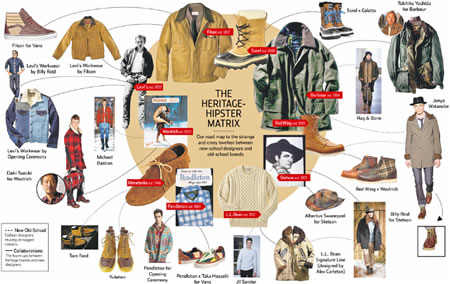
The potential for any enterprise, any sorting of legacy — even freshly founded — can begin the path to legendary culture building, the kindling of legend and the empowerment of cult. Cult, to the nurturing of the ringing community, that one gathering and circulating thread, that all fills out, to something that enriches, even beautifies experience.
That’s what I’m looking for.
Beauty — emerging, beauty — uncovered, enrichment — nurtured.
CONCEPTS OF LEGENDARY
CULTURE & BRANDING
http://bit.ly/i9DsSi
the reels:http://www.youtube.com/user/GIRVIN888
girvin blogs:
http://blog.girvin.com/
https://tim.girvin.com/index.php
girvin profiles and communities:
TED: http://www.ted.com/index.php/profiles/view/id/825
Behance: http://www.behance.net/GIRVIN-Branding
Flickr: http://www.flickr.com/photos/tgirvin/
Google: http://www.google.com/profiles/timgirvin
LinkedIn: http://www.linkedin.com/in/timgirvin
Facebook: http://www.facebook.com/people/Tim-Girvin/644114347
Facebook Page: http://www.facebook.com/pages/Seattle-WA/GIRVIN/91069489624
Twitter: http://twitter.com/tgirvin